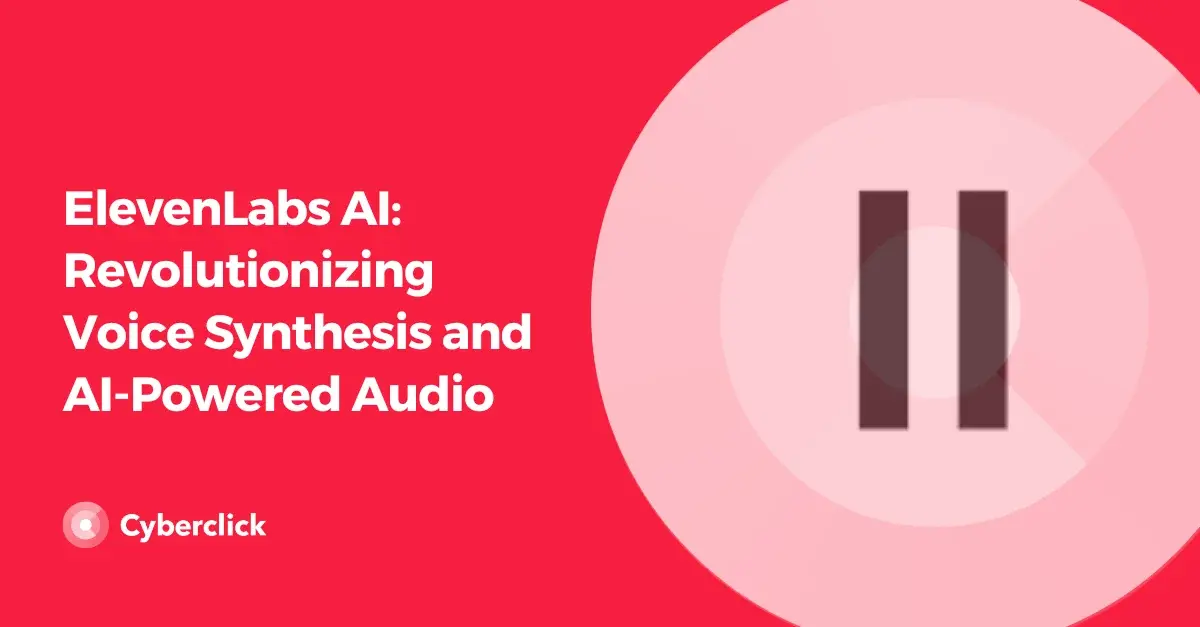Interactive Voice Response (IVR) is a technology that assists users and customers over the phone.
It functions using pre-recorded and automated messages, allowing customer service calls to be handled without the presence of a human professional.
Typically, when a customer interacts with an IVR system, they must use their smartphone keypad to navigate the technology and find a solution to their query.

IVR systems have been around for many years, serving as a relatively old technology used to handle customer calls. However, with the rise of Artificial Intelligence, this technology has begun to undergo changes that make it a much more useful and sophisticated tool. That's what we want to discuss in this article.
Artificial Intelligence has enabled IVR systems to use more natural, fluid language that adapts to customer requests. This evolution of IVR systems has led to the emergence of a new customer service support called Voicebots.
But to understand this latest evolution, it's important to have a thorough understanding of IVR systems, how they function, and their role in customer service.
How Interactive Voice Response Works
I'm sure you've found yourself in the following situation or something very similar at least once: you call a company's customer service phone number to resolve an issue with a shipment. On the other end, you're greeted by a non-human automated voice that welcomes you and instructs you to press certain numbers based on the reason for your call, then proceeds to tell you which number corresponds to each cause. Once you identify the number that corresponds to the reason for your call, you select it, and the automated voice provides you with a solution or connects you with an agent.
Sound familiar? Well, this is a clear example of what an Interactive Voice Response (IVR) service is. Although, many times, it's also possible to indicate what you want by voice instead of using the keypad.
In any case, it's a very useful way to free up and facilitate the work of customer service professionals.
What Interactive Voice Response Is Used For
As a general rule, companies make interactive voice responses available to customers for various purposes:
- Filtering calls and automatically assigning them to the operator responsible for that matter.
- Streamlining customer service and reducing response time to frequently asked or simple questions.
- Reducing the workload of customer service professionals so that they can dedicate their efforts to more complex inquiries.
- Making the company's customer service costs more economical, as interactive voice response is truly cost-effective.
- Facilitating service in different languages, as IVR (Interactive Voice Response) can be programmed to assist the customer in their chosen language.
- Increasing the coverage of customer service, allowing customers to receive assistance during times such as nighttime, early morning hours, or holidays when operators may not be working. This also includes weekends and holidays.
- Reducing human errors in customer service, provided that this type of technology is implemented appropriately.
- Making customer service more secure when dealing with inquiries that require user identification.
Industries That Use Interactive Voice Response the Most
Hospitals and healthcare centers, academic institutions, companies with customer service departments, and banks are the sectors that historically have used this type of technology the most.
Differences Between Voicebot and Interactive Voice Response
The main difference between interactive voice response and voicebot is that one is developed with Artificial Intelligence and the other is not.
Interactive Voice Response (IVR) is truly useful, as demonstrated over the many years it has been and continues to be used. However, it has its shortcomings:
- Impersonal communication: Many customers dislike calling customer service and being attended to by a "machine". It creates frustration and can lead to a very negative experience that affects their level of satisfaction. Additionally, many customers feel ignored or undervalued when a company does not offer them direct contact with a human.
- Confusing options: Although pressing a specific number to choose the desired option seems simple at first, sometimes it's not, and the user doesn't understand what they have to do. This is exacerbated when it's a voice system, and the customer must verbalize their request, as sometimes the interactive voice response doesn't understand what they mean and can't help them.
- Long wait times: Although one of the objectives of IVR is to reduce user wait times by quickly answering their questions, they don't always achieve this and keep the customer on the phone longer than desired before transferring them to a human.
With the arrival of voicebots, interactive voice responses developed with Artificial Intelligence, many of these problems have been addressed or reduced. In fact, it's the closest thing currently available to speaking with a human.
Voicebots are no longer just machines that welcome you, offer different options, provide an automatic response, and then disconnect. This technology is capable of maintaining a fluid conversation, providing personalized and efficient responses, and even identifying the desires and emotions of the user.
But that's not all. Thanks to their functioning with Artificial Intelligence, they improve with each interaction, being in a continuous learning process that allows each interaction to be better than the last.
We could say that voicebots are like chatbots, but in oral format. And both have demonstrated great efficiency in the multitude of companies that have already implemented them.
For now, both technologies coexist, both voicebot and IVR, and we may encounter one or the other depending on the customer service center we call. However, everything points to voicebots gradually replacing interactive voice response until it eventually disappears.
How Artificial Intelligence Revolutionizes Interactive Voice Response
Artificial Intelligence applied to interactive voice response results in voicebots, technologies that have revolutionized oral customer service for any company in the following ways:
- Providing more precise responses: With voicebots, there's no need to carefully listen to a menu of options to choose an alternative that can sometimes be confusing. Voicebots only need to hear you to understand what you need and assist you, creating an experience closer to a conversation.
- Further relieving customer service professionals of work: With Interactive Voice Response (IVR), many errors occur, and users often find themselves confused. This means professionals have to solve these issues, unable to fully reduce their workload as intended. With voicebots, errors are reduced because they are more sophisticated technologies that users can better understand. Additionally, as voicebots can respond to more complex questions, they can further relieve agents of work.
- Conducting data analysis: This artificial intelligence that enables voicebots can not only interact more humanely with users but also analyze their interactions to provide valuable information to the company about customer behavior and needs. This is very useful for improving service.
- Offering a more personalized service: In addition to better understanding the situation, voicebots can also personalize the conversation. This means they can detect who is calling after the person provides certain data and use information from the customer's database to further tailor responses to their needs.
However, there is still much to be done, and voicebots can be further perfected. On one hand, human language is complex, and sometimes this type of technology struggles to interpret certain situations or concepts, creating frustration in users, although less than IVR systems.
On the other hand, security is still a pending issue for voicebots. Despite being guaranteed in many cases, users still don't fully trust this type of technology when it comes to providing their data.
Content & Marketing Strategist en Cyberclick. Apasionada por la comunicación, la generación de contenidos y el mundo audiovisual. Graduada en Periodismo por la Universidad Autónoma de Barcelona.
Content & Marketing Strategist at Cyberclick. Passionate about communication and content creation. Tanit holds a degree in Journalism from the Autonomous University of Barcelona.






Leave your comment and join the conversation